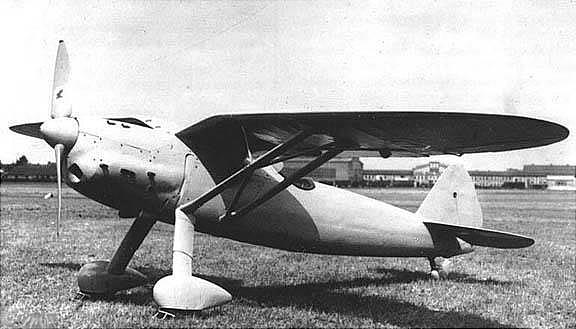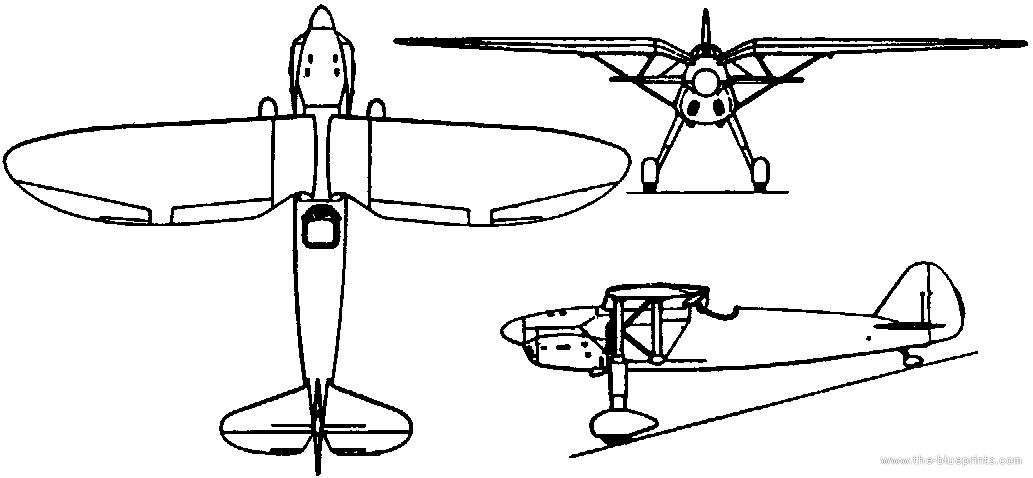


| Type | Single seat advanced trainer |
| Engine | 1 Argus As 10C |
| Dimensions | Length 7,3 m, height 2,8 m, span 10,0 m, wing area 14,0 m2 |
| Weights | Empty 760 kg, flying weight 960 kg |
| Performance | Max. speed 278 km/h, cruising speed 250 km/h, service ceiling 6500 m, climb 8,3 m/sec to 2000 m, endurance 2 h |
| Type | Werk.Nr | Registration | History |
| V1 | 1 | First flight 4/1 1934, crashed 30/1 1934. | |
| V2 | 2 | D-EOVA | First flight 24/9 1934 |
